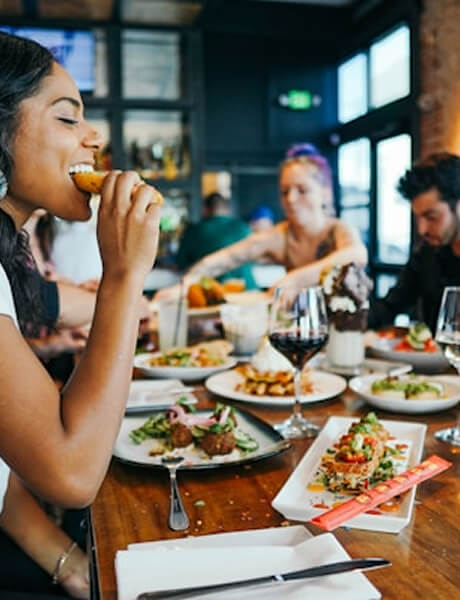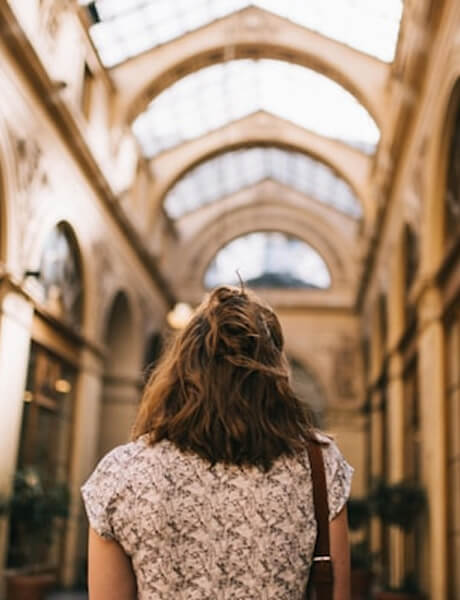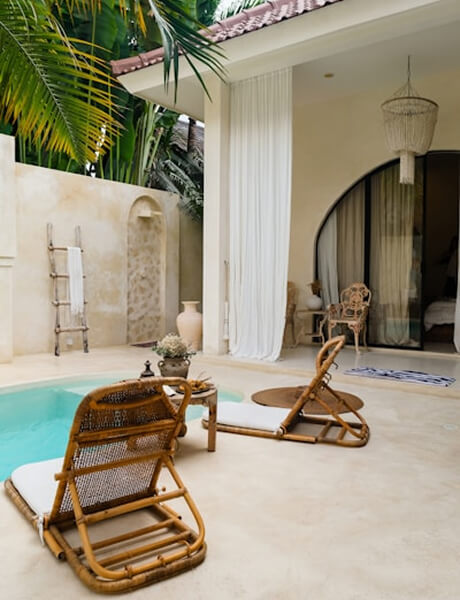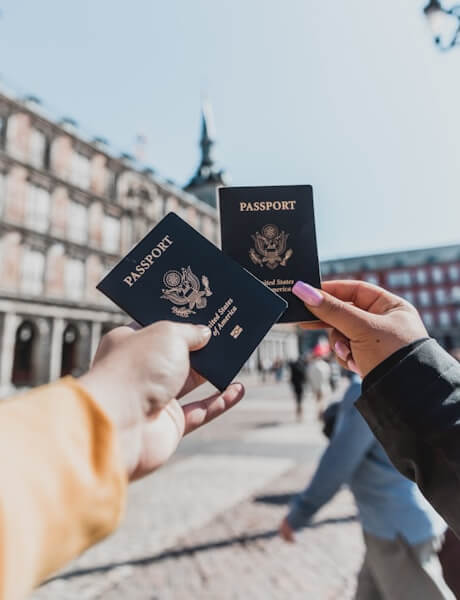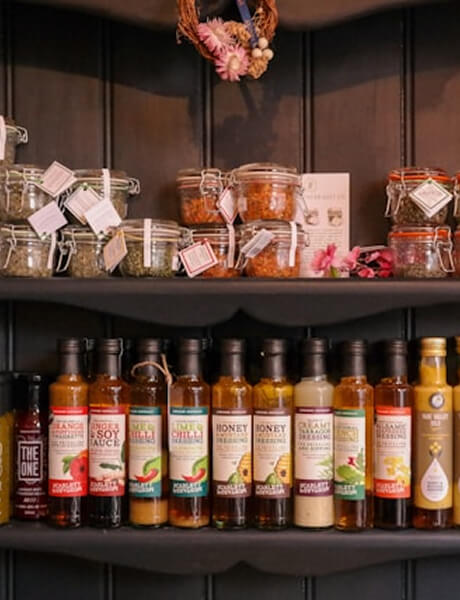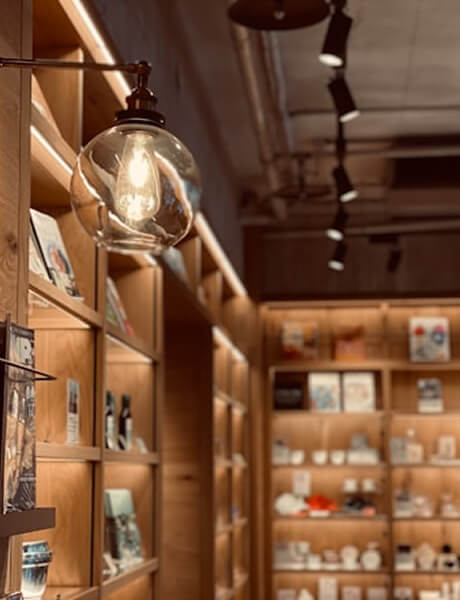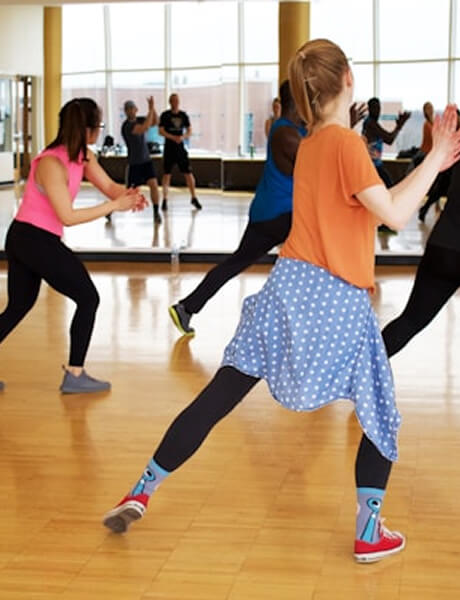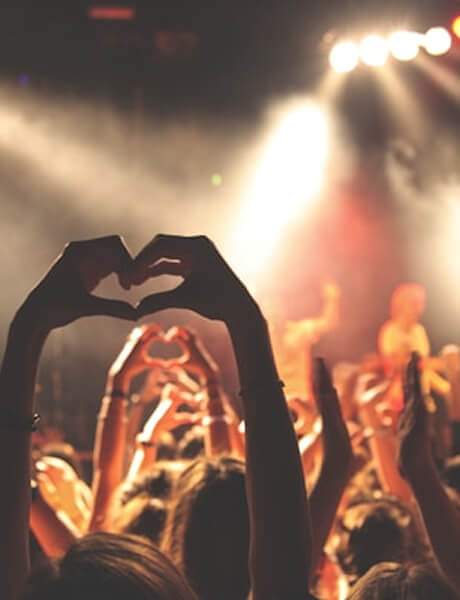
Travel guide Barcelone
The best time to go à BARCELONE
Practical information for travel à BARCELONE
Get your travel guide: BARCELONE ET SA PROVINCE

What to see what to do à BARCELONE?
Where to go à BARCELONE?
The most beautiful tourist sites
Other nearby tourist attractions de BARCELONE
Petit Futé's best addresses à BARCELONE
Discover the most beautiful addresses selected by the authors of Petit Futé.
Featured articles de BARCELONE

Overtourism: Visiting Barcelona off the beaten track in 2025
Published on 28/08/2025 Sustainable tourism
Barcelona is one of the European cities most affected by overtourism. Every year, the city receives around 20 million tourists, for a population of less than 2 million. The impact on the lives of...

Where can you go in Europe without flying if you have children in 2025?
Published on 16/06/2025 Activities and experiences
Want to organize a family trip without adding to your carbon footprint? It's easier than you might think to travel with children without taking a plane, especially in Europe. More and more routes...

Getting to Barcelona without flying: itinerary tips in 2025
Published on 23/05/2025 Sustainable tourism
This article details step-by-step how to get to Barcelona without flying, as well as the budget for such a trip and the associated carbon footprint. Below are the most common routes, depending on...
How to travel à BARCELONE
How to go alone
You don't know the local language or English? Too bad! You'll get by just fine, especially with your Barcelona guide. You will also find tourist information in all languages in the tourist points, city guides, audio guides, city maps, metro maps and translated information in the main monuments and museums. For the rest, with the metro or taking the bus it is easy to go from one point to another of this very cosmopolitan city.
How to go on a tour
This tourist destination is widely offered in organized travel. You connect Barcelona, by bus or plane with low cost or regular companies and we have concocted for you an itinerary over a few days that allows you to see the majority of the many must-see points of interest of the city starting with the Sagrada Familia, the Guell Park, or see a FC Barcelona match in its Camp Nou stadium. Of course, you can also opt for other tours that are a little more off the beaten path or tour buses. Several websites allow you to compare travel offers (packages, flights, etc.) and to have a panel of possibilities and therefore prices for a stay in Barcelona with family, friends or lovers.
How to get around
It can be fun to wander through the narrow streets of the old town, the pedestrian areas and other neighborhoods of Barcelona. But not always, so the means of transportation available to you are welcome to facilitate your visit to the city. Barcelona's clean, punctual and well-conditioned metro connects all the important sites and it is very easy to buy tickets at the entrance of the stations. Great in the summer when it's too hot to walk even in the shade! A bus network (TMB) serves downtown Barcelona. There is also a self-service bicycle park with many stations. Cabs, a more expensive alternative, are still affordable. But the city center is mostly pedestrian and traffic jams are frequent. You will find documentation in all languages in the tourist points, audio guides and translated information in the museums and main monuments of Barcelona. As for the rest, with the different metro lines it is easy to go from one point to another of this beautiful city. To get to the city center from the airport there are different alternatives: the fast and comfortable Aerobus, the economical and practical Renfe trains, the metro, which is an economical solution but can be restrictive depending on where you go, the bus, which is the most economical option for those who want to visit Barcelona cheaply, or the cab, which is the most expensive solution. Note that the bus company Mon-bus offers trips to Sitges on the Costa Daurada and that it is also possible to find transfers to the Costa Brava.
Book your next trip with Kayak
Travel à BARCELONE
Ideas for holidays and week-end breaks à BARCELONE
Services
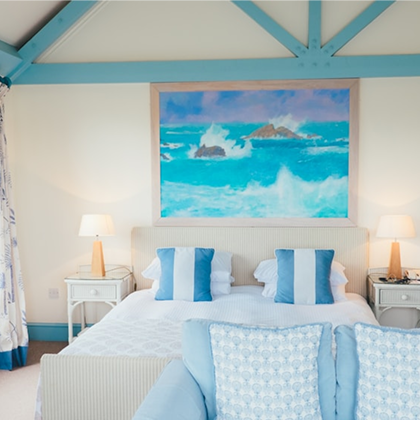
Find a hotel with Booking.com
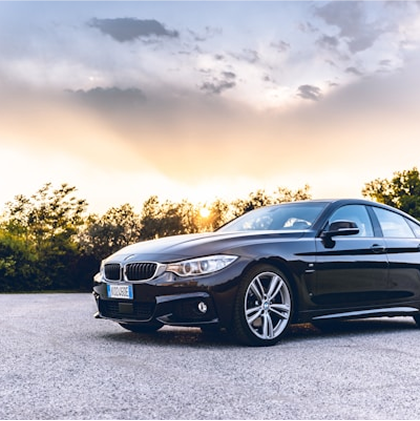
Rent a car with Bsp-auto
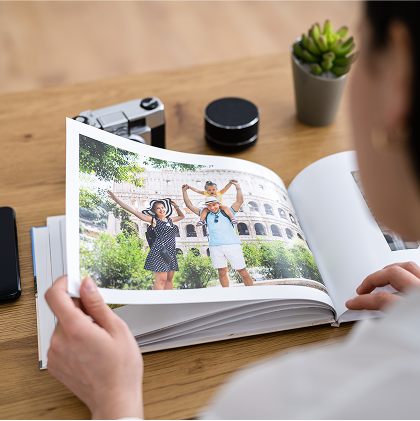
Create a blog and travel journal
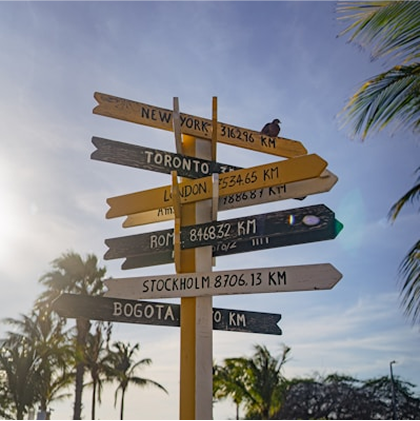
Find an agency with Quotatrip
Find unique holiday offers with our partners
Discover BARCELONE
Sunshine, fiesta and Art Nouveau: a reality, of course, but it would be a shame to sum up Barcelona in these few words. This multi-faceted city has many surprises in store for you, as much for its history as for its culture, its cuisine, its people and its indescribable energy. The birthplace of the genius Gaudí and the painter Miró, a land of traditions that it has defended relentlessly for centuries, the stronghold of the irreducible Barça... the maritime city is undoubtedly one of the most fascinating cities in Europe. All the more so as its relentless dynamism attracts creators and artists from all over, who reinvent fashionable districts and places every day. A Mediterranean Eldorado to be discovered with your nose to the air, letting yourself be carried away by encounters and adventures, without ever forgetting to take an interest in its past, its culture, its traditions, in short, everything that makes its identity so singular.
The 12 keywords à BARCELONE
#Adéu
This word, pronounced "adéou", means "goodbye" in Catalan. Feel free to use it without moderation, because Catalans love it when you try to use their language a little bit. You will see it, even people who don't speak Catalan use it in shops or restaurants, that's how important this little word is!
#Barça
"Més que un club" (more than a club) is the motto of Barça. Founded in 1899, the club is a true symbol of Catalanism: about 150,000 socios (members) wear the blue and garnet colors with great pride. Its stadium, the Camp Nou, is the largest in Europe, with a capacity of almost 100,000 spectators.

#Caganer
The caganer is an essential character for Christmas celebrations. He is a santon wearing the traditional barretina (Catalan beret), bent over with his buttocks in the air, defecating! Originally represented as a peasant, he is now available in a variety of characters: footballers, politicians ... not to mention the royal family!
#Castells
The castells are human towers erected during Catalonia's patron saint's festivals. Participants perch on the shoulders of their companions to form a multi-storey tower, crowned at the top by a child (enxaneta). Since 2010, castells have been registered as intangible cultural heritage of humanity by UNESCO.

#Català
Catalan is a Romance language spoken by about 10 million people, mainly in Catalonia, the Valencian Community, the Balearic Islands and Andorra. It is also spoken in France. In Catalonia, it is the co-official language with Castilian: more than 80% of the inhabitants speak it, and nearly 95% understand it!

#Gaudí
Barcelona without Gaudí is a bit like Paris without the Eiffel Tower: inconceivable! The architect left his mark on the city through works that are as eclectic as they are personal. Seven of them are classified as UNESCO World Heritage Sites: Parc Güell, Palau Güell, Casa Milà, Casa Vicens, Sagrada Familia, Casa Batlló and Colònia Güell.
#Modernism
A local interpretation of European Art Nouveau, this artistic movement developed in Barcelona in the late 19th and early 20th centuries, particularly in the Eixample. The works of the modernist architects are characterized by their medieval references, the exaltation of Catalonia and the revival of decorative arts.
#Rumba catalana
A musical genre invented in the 1950s and 60s by the gypsies of the Raval and Gràcia districts, by synthesizing Afro-Cuban rhythmic basses with the intonations and harmony of flamenco. The result of this musical alchemy is the Catalan rumba. El Pescaílla, Peret and Gato Pérez are the main representatives.
#Sant Jordi
A Christian martyr in the 4th century, Saint George is the patron saint of Catalonia and a symbol of Catalanism. The modernist architecture is full of references to the legend of Sant Jordi, according to which the brave knight saved a princess from the clutches of the dragon! Since 1456, Sant Jordi has been celebrated on April 23 with roses.
#Sardana
Traditional Catalan dance, whose current version dates from the 19th century. The dancers form a closed circle holding hands and performing short and long steps to the rhythm of the cobla. Sardana demonstrations are held every Saturday at 6:00 pm and on Sundays at 11:15 am in Barcelona's Cathedral Square.

#Trencadís
Mosaic technique using broken pieces of earthenware, marble or glass, made famous by modernist architects. Gaudi was the first to use this method to cover irregular surfaces. The dragon and the undulating bench of the Güell Park are among the most emblematic works of trencadís.
#Vermut
Since the end of the 19th century, Catalans have been drinking vermouth as an aperitif, which by extension has become known as the hora del vermut. In addition to the traditional bodegas, many vermuteries have sprung up in Barcelona, where vermut is served with anchovies, olives... A ritual to try preferably on weekends, around noon!
You are from here, if...
You say "Adéu" when you leave a bar or a store. Even if it's the only word you know in Catalan!
You eat a snack around 12:00... because the morning is still long before the lunch break at 14:00!
You order a vermut for the aperitif... and a gin and tonic as a digestive! But whatever happens, and under no circumstances, you order a sangria!
You go to the museum on Sunday afternoon ... When most museums are free, of course!
You eat with your bag on your lap. Because the people of Barcelona are tired of being victims of pickpockets, they have adopted this foolproof system (although a little uncomfortable, let's face it).
You drink your coffee on the rocks in summer. Because anything goes to beat the heat!
You only go to clubs if you're on a VIP list. Because paying to get into a club is good for tourists. Go to youbarcelona.com to find out what's going on.









